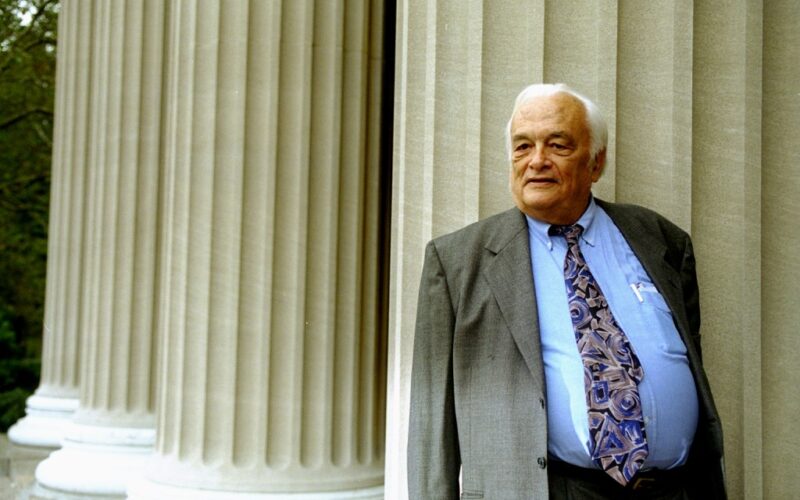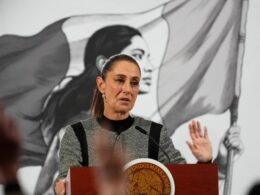Congestion pricing had its first half birthday the other day, marking six months since its Jan. 5 start and the program has been a complete success by every measure (as we long knew it would be).
Traffic is down. Speeds are up. Crashes are down, as are injuries. Air quality is up. Economic activity is growing. Transit ridership is increasing and the new revenues for transit from the congestion toll are coming in nicely.
Everyone is better off, which was the whole point and why Columbia economics Prof. Bill Vickrey hatched the idea more than a half century ago and why we have been urging its adoption for decades.
The motorist who chooses to drive in Midtown or Downtown does pay a small fee, but he has a much better commute, saving time and gas and traffic tie-ups and frustrations. Deliveries are made faster, which is better for businesses. Taxi and Uber and Lyft rides are smoother. The streets are safer. Air and noise pollution has been reduced.
And the benefits are not limited to the congestion zone below 60th St., where private cars are charged a once a day $9 toll.
The only remaining controversy is in the downtown courtroom of Manhattan Federal Judge Lewis Liman. Liman, who was appointed to the bench by Donald Trump in 2019, has handled a half dozen of the lawsuits over the tolling program and has therefore become quite the expert.
And in ruling after ruling, in case after case, on all kinds of points of law, Liman has upheld congestion pricing as lawful: New York State, through the MTA’s Triborough Bridge and Tunnel Authority, has the legal power to impose the toll.
While New Yorkers have been focused on the mayoral primary two weeks ago, the lawyers on all sides have been busy, filing motions and memoranda of law and declarations and briefs before Liman.
We found of interest a statement of Richard Marquis, the New York Division Administrator of the Federal Highway Administration, where he worked since Nov. 4, 1996. The FHWA and its parent U.S. Department of Transportation approved New York’s congestion pricing under the Biden administration, but now the Trump administration wants to revoke the approval, for what is called the Value Pricing Pilot Program (VPPP).
Liman seems inclined to disagree that a political change in leadership can undo a previous governmental approval.
What we didn’t know, as explained in the declaration by the career civil servant Marquis was “in 1991, the Congestion Pricing Pilot Program (CPPP) was established under Section 1012 (b) of the Intermodal Surface Transportation Efficiency Act (ISTEA). In 1998 the CPPP was subsequently renamed the Value Pricing Pilot Program (VPPP) under Section 1216 (a) of the Transportation Efficiency Act for the 21st Century (TEA21).”
So the VPPP that is being fought over used to the CPPP. We remember the Olympic Games before the demise of the Soviet Union, where the Soviet competitors wore CPPP on their uniforms, which was Union of Soviet Socialist Republics in the Cyrillic alphabet.
The congestion pricing opponents say that the system is like Soviet communism, forcing people to pay to drive on “free” roads. But the roads aren’t free. They were paid for with tax money and congestion pricing is actually the most capitalistic approach to traffic problems. It empowers each individual motorist to make a decision to purchase access to crowded Midtown and Downtown. There are no tax dollars involved. No one has to pay. Only those who choose to drive.
Congestion pricing’s father Vickrey was a super smart guy, no wonder he won a Nobel Prize.








